The Value of the Social Proof Phenomenon
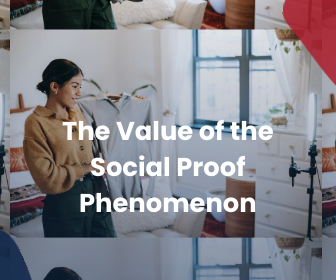
The Social Proof Phenomenon is a foundation piece of how our culture buys now. Between Instagram Influencers, Yelp reviews, and 5 star Amazon products, most of us make purchase decisions on the value others see in the product. How can Social Proof and online reviews work for you?
The Social Proof Phenomenon
What do online reviews have to do with “Social Proof?” “Social Proof” is the phenomenon based on the fact that it’s easier to buy things or trust companies if we know that other people already have. Our peers provide the proof of something’s value. None of us would buy something on Amazon with 10,000 1 star reviews. We trust those 10,000 strangers because that product connects us as a community.
“Social proof” is also part of the transparency that builds brand trust. Most consumers (almost 88%) research a business before buying from them. A lot of that research comes from reviews and reading what other people have said about their experiences.
What Can Social Proof Do For You?
Reviews can help educate consumers on your products and services. Reviewers usually talk about their specific experiences in their reviews. It can be an easier way for potential customers to learn more about what you offer.
Reviews Boost SEO. Specifically, Google Reviews. Google indexes reviews connected to your listing to help filter results. Especially for local traffic. “Best __ Near Me” is decided by reviews and stars. Customers will often use your keywords in reviews without even realizing it. This helps Google learn about you.
What Can You Do To Collect Reviews?
People are inclined to leave reviews if they a specifically positive or negative experience. Therefore, work hard to provide an overwhelmingly positive expertise for your customers! (You should be doing this anyway; the review is just a byproduct. 😉 )
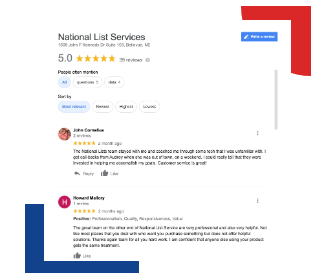
People like to do things for other people so a great way to collect reviews is to just ask for them! A follow up survey email after they buy from you is an easy way to this. Ask them specific, easy to answer questions about things such as: service response times, shipping times, product or service quality etc.
Make it easy to review you. No one has time to take 10 minuets following a complicated review survey with long required written answers. People are doing you a favor by reviewing you, show that you appreciate it by being respectful of their time and effort. Take out pain points of the review process: go through and make sure there aren’t any unnecessary steps or questions. Double check the user interface, id it easy to figure out?
Incentivizing your reviews (specifically ecommerce) is a big no-no! As temping as it is to show your appreciation for the review with a coupon or free shipping, or something: don’t. Both Google and Yelp have policies in place banning incentivized reviews. They will take the reviews down and give you a slap on the wrist.
What To Do With Reviews Once You Have Them
You have the reviews – now what? Here’s 2 ways to leverage them!
- Show them off
Let your reviews sell your product for you. Happy previous customers can be a great way to convince your potentials to buy from you! Show off your reviews on your home page with Google review widget or prominently feature some reviews as part of the design. Don’t forget to ask for permission first if you are going to highlight a specific review, especially if you are going to use their picture. - Engage with reviewers
let them know you appreciate them! It doesn’t have to be a big deal, simply liking the review or just saying thanks goes a long way. That little bit of effort can turn a happy customer into a loyal one. And a lot of marketing automation software makes replying to reviews across multiple platforms easy.
Do you have a favorite customer review?
While we are on the subject… leave us a review! 😜
How do these marketing channels stack up?
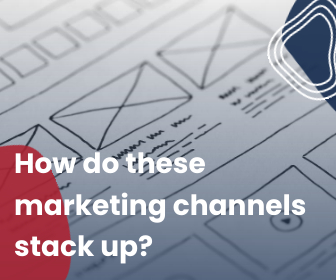
There are A LOT of different marketing channels out there. What are the pros and cons of some of the common ones?
Social Media
Pro
There are over 3.8 billion people on social media around the world. Social media is a fantastic way to connect with customers, build brand loyalty, and generate sales.
People don’t just want to buy from companies because they have good products and services. They want to know what your brand stands for in addition to what it sells. Social media can help potential customers get to you. Social media feel like a 1-on-1 conversation between the brand and consumer, which helps build loyalty.
Con
A lot of the value from social doesn’t show up immediately. It’s rarely simple to track social media’s ROI. Often the goal of social media is not just to generate sales but instead to build connections. Without measurable results, using social media can be discouraging.

Pro
Often it a brand’s only way to communicate with customers and can feel very one on one. A lot of millennial and gen z’ers expect to communicate with brands through email. Also, pretty much everyone has email so you know you will be able to communicate with people through email.
Con
We all get so. many. emails. Most office workers receive 127 every day. It can be hard to stand out from the crowd. People don’t have time to read emails that don’t actually provide them value.
Email marketing also has a lot of laws and rules connected to it that can hurt you if your aren’t careful!
Content/SEO

Pro
Customers often rely on a business’s website for information. Especially for local businesses, it can be the only way to know a shop hours or address. Putting the information on a website instead of a social media or directly in a browser legitimizes the information.
Good SEO gives your website credibility. It makes it easier for people to find your website when they search for it. And it helps create a smoother user experience.
Con
Bad SEO can hurt you. Most searchers never go past the first or second page of Google, though, which is why those top spots in the search results are so coveted. Having the proper SEO can prevent your website form getting organic traffic.
53% of all trackable website traffic comes from organic search. SEO is the main thing influencing how easy it is to find you online organically. Which is probably why it’s estimated that agencies and brands spent over $79.27 Billion on SEO services last year.
Google Ads

Pro
Where are people? On their phones. So, google ads is an extremely effective way to find people where they are. Google ads is great for brand awarness as well as retargeting. It is great if you want measurable results and analytics.
Con
Billboards, signs, posters, newspapers, and magazines all exist with in different physical spaces. With digital advertising however, we are all competing for the same ad space. That ad space is worth more now has less guarantees attached to it.
Trying to figure Google ads can feel like rocket science. There’s a large learning curve and it can a while to feel confident in the set up.
Print and Mail

Pro
Direct mail average open rate is somewhere between 68 and 90%, which is double, triple, or quadruple the average open rates of other marketing channels. Do people who open direct mail actually purchase? Yes! On average people who receive direct mail purchase 28% more items and spend 28% more money!
Why is direct mail so effective? It comes down to fact that we (humans) like getting mail. 41% of Americans of all ages look forward to getting their mail every day. We still want very real things in our hands, which is something totally lost in email inboxes or on social media. That tactile connection translates into 💰.
Con
Since Direct mail requires use of the postal system it has fixed costs. The graphic design of the mail piece may also have an additional cost. Using direct always requires a bit of math and if done wrong can hurt your ROI.
It’s not always posable to see direct, measurable results, from Direct mail campaigns. And if you can measure results, it may take a while to get the full picture.
Another thing that can be a disadvantage to direct mail is that you need a really good foundation of address data. The problem us that a lot of data providers don’t make sure that their data is accurate and that hurts the effectiveness of your campaign.
Connected TV

Pro
TV is a time-tested advertising channel. Although it’s a lot less common than it used to be, it can still be very effective. Many marketers are using CTV (connected TV) or OTT (over-the-top) channels to target consumers using streaming services and connected TV devices such as Hulu and Roku. Advertises are embracing these platforms as more and more ad space becomes available. Spending for CTV advertising is expected to grow from $6.94 billion in 2019 to $8.88 billion in 2020, a 28% increase.
Con
With customer attention spread so thin and cable tv subscriptions consistently falling, (over 16 million in the last five years) there’s a lot less advertising space available. Content consumption is at an all-time high and therefore, competition for viewer’s attention is as well. 84% of marketers say that it is getting harder to grab a consumer’s attention with television advertising alone.
Audiences today expect personalized and relevant targeted ads. Linear TV (cable and network television) often fall far behind in targeting capabilities. Therefore, it can be a challenge for advertisers to figure out how to integrate linear TV into their campaigns.
Why do you need online reviews?
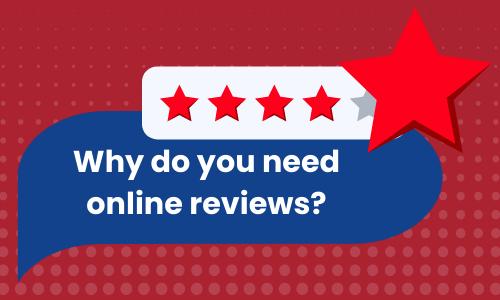
Online reviews are a staple of our lives now. Why should you care about the reviews that your company or products are getting online? Here’s what we have found!
The Social Proof Phenomenon
What do online reviews have to do with “social proof?” “Social Proof” is the phenomenon based on the fact that it’s easier to buy things or trust companies if we know that other people already have. Our peers provide the proof of somethings value.
“Social proof” is part of the transparency that builds brand trust. Most consumers (almost 88%) research a business before buying from them. A lot of that research comes from reviews and reading what other people have said about their experiences.
What else can Reviews Do for you?
Reviews can help educate consumers on your products and services. Reviewers usually talk about their specific experiences in their reviews. It can be an easier way for potential customers to learn more about what you offer.
Reviews Boost SEO. Specifically, Google Reviews. Google indexes reviews connected to your listing to help filter results. Especially for local traffic. “Best __ Near Me” is decided by reviews and stars. Customers will often use your keywords in reviews without even realizing it. This helps Google learn about you.
What can you do to collect reviews?
People are inclined to leave reviews if they a specifically positive or negative experience. Therefore, work hard to provide an overwhelmingly positive expertise for your customers! (You should be doing this anyway; the review is just a byproduct. 😉 )
People like to do things for other people so a great way to collect reviews is to just ask for them! A follow up survey email after they buy from you is an easy way to this. Ask them specific, easy to answer questions about things such as: service response times, shipping times, product or service quality etc.
Make it easy to review you. No one has time to take 10 minuets following a complicated review survey with long required written answers. People are doing you a favor by reviewing you, show that you apricate it by being respectful of their time and effort. Take out pain points of the review process: go through and make sure there aren’t any unnecessary steps or questions. Double check the user interface, id it easy to figure out?
Incentivizing your reviews (specifically ecommerce) is a big no-no! As temping as it is to show your appreciation for the review with a coupon or free shipping, or something: don’t. Both Google and Yelp have policies in place banning incentivized reviews. They will take the reviews down and give you a slap on the wrist.
What to do with reviews once you have them
You have the reviews – now what? Here’s 2 ways to leverage them!
- Show them off
Let your reviews sell your product for you. Happy previous customers can be a great way to convince your potentials to buy from you! Show off your reviews on your home page with Google review widget or prominently feature some reviews as part of the design. Don’t forget to ask for permission first if you are going to highlight a specific review, especially if you are going to use their picture. - Engage with reviewers
let them know you appreciate them! It doesn’t have to be a big deal, simply liking the review or just saying thanks goes a long way. That little bit of effort can turn a happy customer into a loyal one. And a lot of marketing automation software makes replying to reviews across multiple platforms easy.
Do you have a favorite customer review?
While we are on the subject… leave us a review! 😜
All The Things You Need To Boost SEO

SEO has proven over and over again that it is essential to growing (and maintaining) your business. However, it doesn’t often get the spotlight it deserves! So, here’s some things you need to know to boost SEO.
What is SEO?
SEO stands for search engine optimization. Search engines look at look at many site elements like structure and design, visitor behavior, content, and other external factors to decide how highly ranked your site should be in the results pages. SEO has become the catch all term for all things you can do to make your site look more appealing to search engines.
What are the advantages of good SEO?
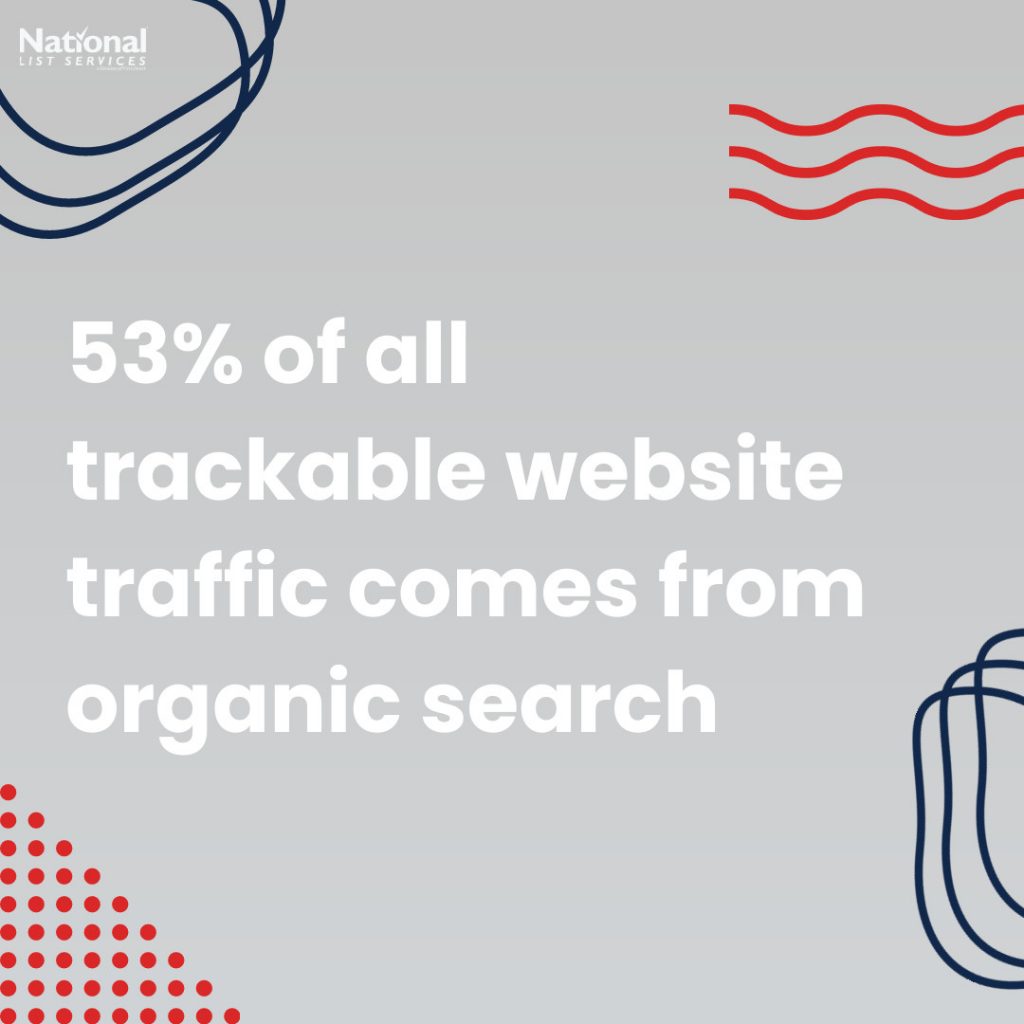
Good SEO gives your website credibility. It makes it easier for people to find your website when they search for it. And it helps create a smoother user experience.
The other important reason for making sure your websites SEO is up to snuff is that it helps generate organic traffic. 53% of all trackable website traffic comes from organic search. SEO is the main thing influencing how easy it is to find you online organically. Which is probably why it’s estimated that agencies and brands spent over $79.27 Billion on SEO services last year.
SEO is also important in driving local searches. When you search for “Best Pizza Place” near me, the results you are shown are based on the pizza place’s SEO keywords.
Where do you need to pay attention to SEO?
Everything “online” can be indexed and therefore optimized. Google indexes websites and apps that they own. So, your YouTube video search optimization is connected and combined with your website optimization. However, some companies, like Facebook, categorize videos and posts internally, meaning that it doesn’t help general search engine SEO.
What can you do to boost SEO?
Personally, I would split SEO into 2 main categories: Content and Categorization. Both are super important but require different things.
Content
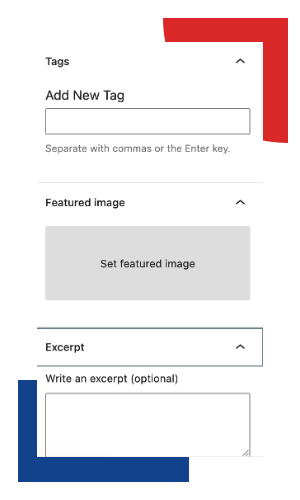
Content is all the things you put out there. Search engines look at what you are putting out there to determine your search rankings. Google likes blog articles and web pages with a lot of content. Adding pictures, videos, links, and charts shows search engines that what you are creating should be seen. They are going to rank something high in the search results if they don’t think its valuable.
To go along with that, search engines look at user experience. Is your website/blog easy to read? Do you have paragraphs, subheadings, punctuation, and spacing? Is it super short? (Long form content, over 2,000 words, tends to rank higher.) Do your pictures and video take a long time to load? How about accessibly? Do you have alt text for your images and text readers?
Search engines want to provide the best possible experience for its user and will rank your website accordingly.
Categorization
Categorization is all the “backend” stuff. Keywords, hashtags, blog categories, utm links, exerpts, and featured images all fall into this bucket. The best way to boost this type of SEO is literally just fill in every box provided. If the video you are uploading to YouTube as a field for title, description, keywords, hashtags, ect: give them that information! Search engines need to know what they are ranking, and all the backend information is how they know what it is and where it should go.
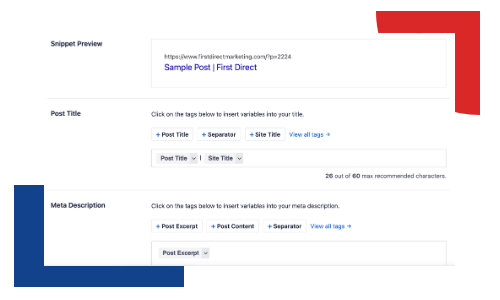
If you write an article called “How to make good pizza” the search engine will put with other information on pizza. However, if your article also has keywords like, “good pizza,” “how to,” “cooking,” “dinner for two,” “Italian food,” and so on, the search engine has a lot more places it can show the article.
Another thing you can do to boost SEO is to repurpose content. Search engines like to see a lot of content that revolves around a single topic. It shows a consistent brand message and purpose. A consistent brand message can indicate brand value.
What ways have you found to be effective in boosting SEO? Do you have a favorite method?

